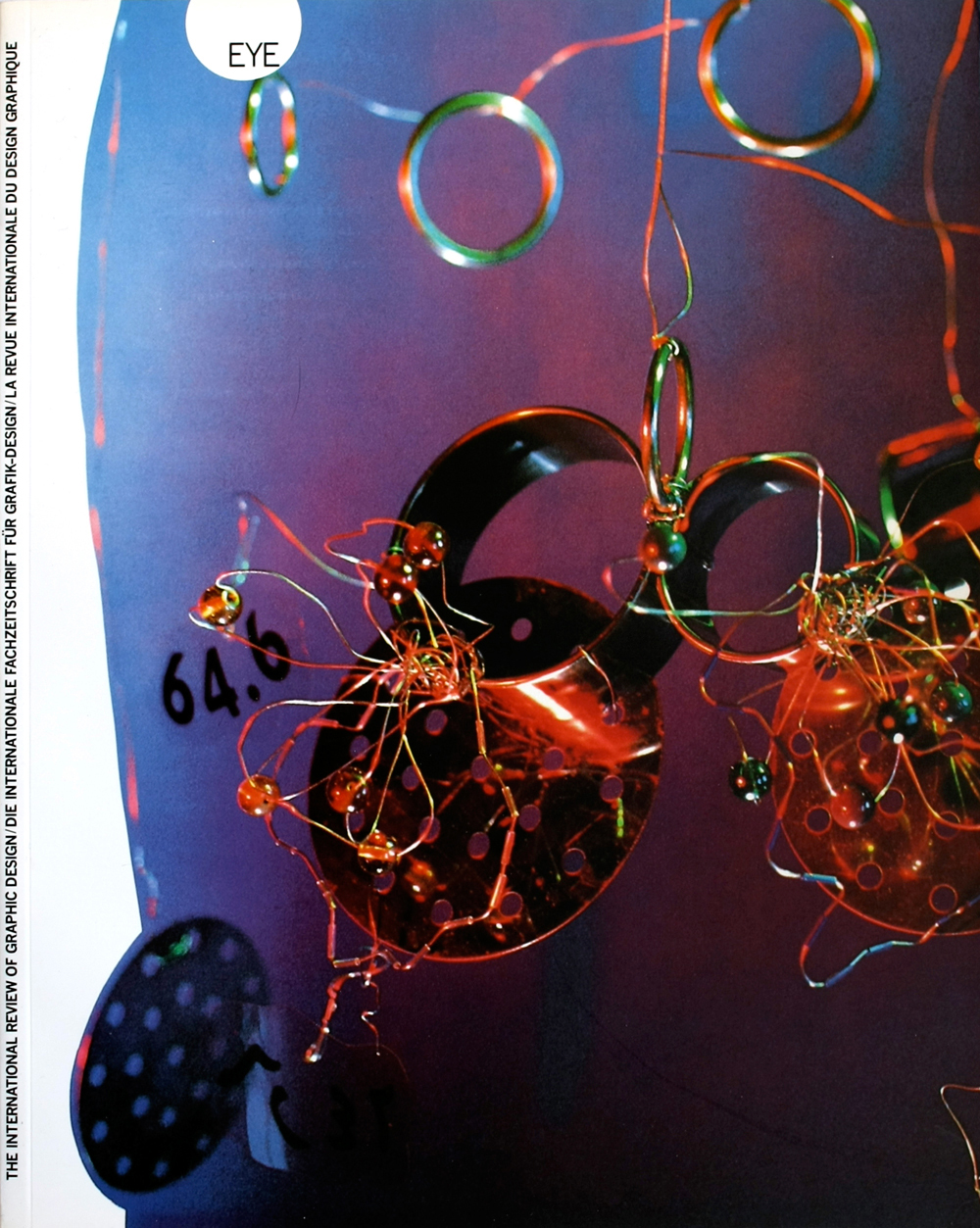Summer 1991
A graphiste comes home
Philippe Apeloig, graphiste
Galerie Impressions, Paris, 14 May to 29 June 1991Though small, this significant exhibition by the French designer, Philippe Apeloig, whose work is at marked variance with that of most of his colleagues, does suggest possible directions in which French graphics and typography might evolve, given the right encouragement. Offering offset pieces for sale – unique documents of an often ephemeral art form – the exhibition was one of the first shows devoted to a contemporary graphiste in a country where much remains to be done to bring the subject to the attention of a wider public.
Having travelled and worked outside France in search of new graphic sources, Apeloig has transformed them into something identifiably French. After his studies at the Ecole des Arts Appliqués and Ecole Nationale Supérieure des Arts Décoratifs in Paris, Apeloig spent two years in Amsterdam in the studio of Total Design before returning to work at the Musée d’Orsay. Working with elements that had been chosen by competition – the Jean Widmer / Visuel Design identity, Bruno Monguzzi logo and Walbaum-based typeface – Apeloig showed that he could put his own personal stamp on a project without compromising its graphic framework.
Apeloig’s next move was to Los Angeles, where, working for the queen of hybrid images, April Greiman, he mastered the Macintosh as a tool both for design and execution. He returned to Paris in 1989 and has since worked independently, designing not only posters but visual identities and publications. His main clients have been cultural organisations such as the publisher Hachette, the Théâtre des Amandiers in Nanterre, the summer festival in Seine-Maritime, and Grenoble Museum. All of these projects are distinguished by Apeloig’s precise command of typographic nuance. In his work for the Musée d’Orsay, the pure Dutch tradition of abstract typography is observed, but the type is to the point, and never merely decorative. The approach is perfectly in line with the museum’s philosophy of giving prominence to the text. With his complicated use of rules, asymmetrical page layouts and manipulation of type, Apeloig sometimes makes it difficult to grasp the message on first reading, but his images are so commanding and intriguing that one feels compelled to read on. His choice of image is unexpected, but always apposite. He uses photographs or negatives from nineteenth-century films, cropping them tight and superimposing type in a way that reinforces the image of the museum as a lively place giving new expression to a bygone era.
Typography also plays a major role in establishing the identity of the Seine-Maritime summer festival. The graphics respond perfectly to the bold programme of events which focuses on contemporary dance, theatre and music. Apeloig, showing once again the influence of his stay in the Netherlands, animates the text by treating it as a formal element: the typographic characters embody a sense of movement, evoking the image of actors on a stage. During four years with the festival, Apeloig has brought a memorable consistency of conception and execution to the project.
What interested me most about the images and work on display was the mysterious architecture of layouts and visual space, the use of perfect curves, the tension of reading, and the poetry of the typography. Many of these works use the letter as a tool of communication: in addition to influences from Dutch graphics and the Californian New Wave, one can also see the traces of the Swiss school’s concern with ‘legibility’. The typography is functional, but at the same time far from conventional on an aesthetic level, for Apeloig introduces an imaginary third dimension, with its own visual language and vocabulary. The dominant colours also lead back to typography: white, black, grey, with the occasional colour.
Graphically, these works are extremely cool, seeming at times a little dry and lacking in sensuality. Yet they point to a bright future for a designer who has managed to assimilate the strands of diverse graphic cultures and, by becoming the first of his generation to break free from the schools and new technologies, create his own highly original graphic design.
Margo Rouard, author, Museum Graphics (Thames and Hudson, 1992), London
First published in Eye no. 4 vol. 1 1991
Eye is the world’s most beautiful and collectable graphic design journal, published for professional designers, students and anyone interested in critical, informed writing about graphic design and visual culture. It is available from all good design bookshops and online at the Eye shop, where you can buy subscriptions and single issues.

